
Crate Chair
Designed by Gerrit Rietveld
Published in Fall 2019
Rietveld’s Crate Chair (1934) was designed with a particular interest in using recycled materials. Building instructions for most of Rietveld’s designs have since been published in the 1986 book How to Construct Rietveld Furniture. Because this chair was originally produced, and it was not designed specifically as a DIY chair, it does require quite a lot of wood and more time spent with a saw. Assembly time is about 3 hours and the average cost is under 50 USD.
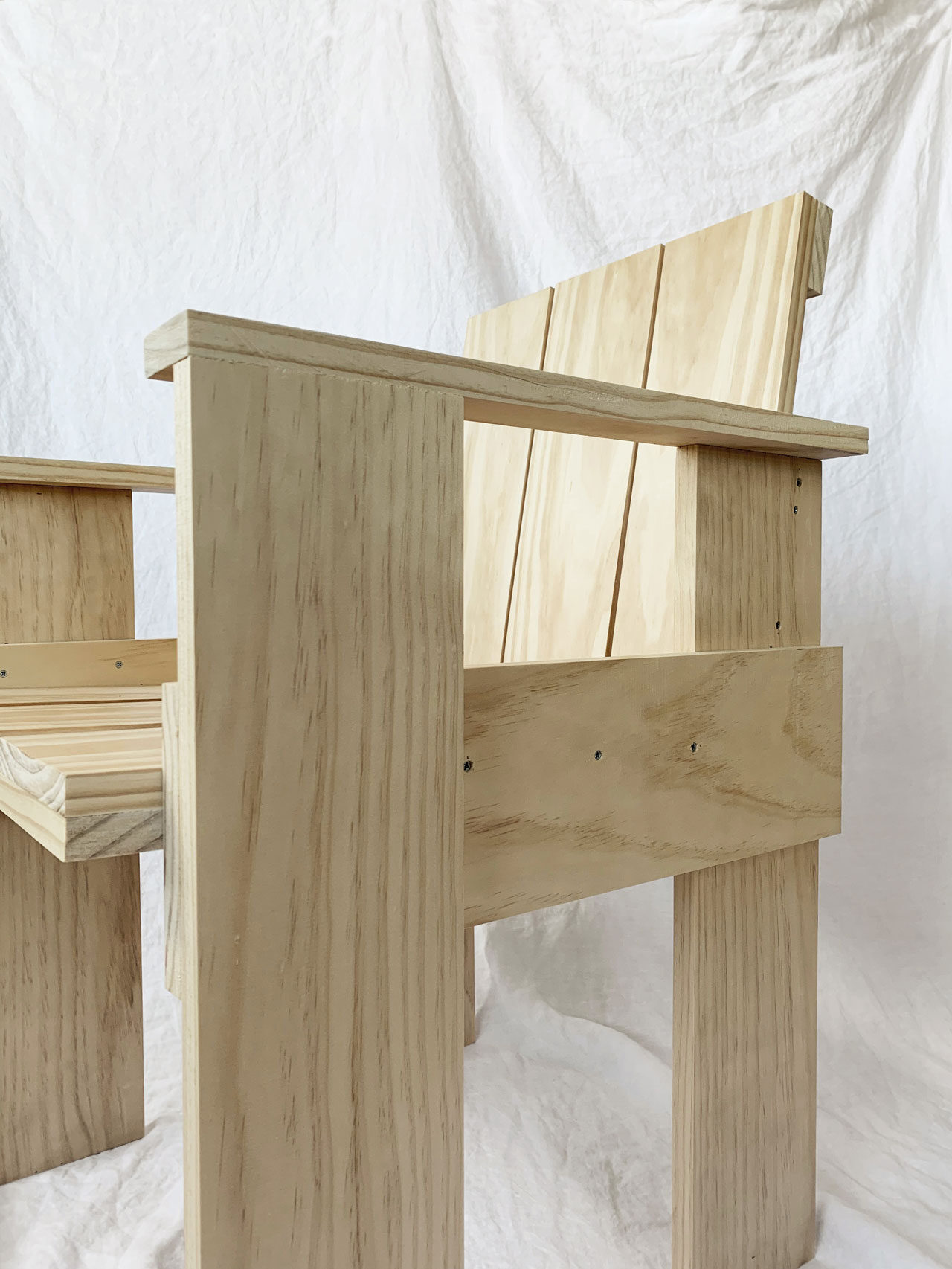
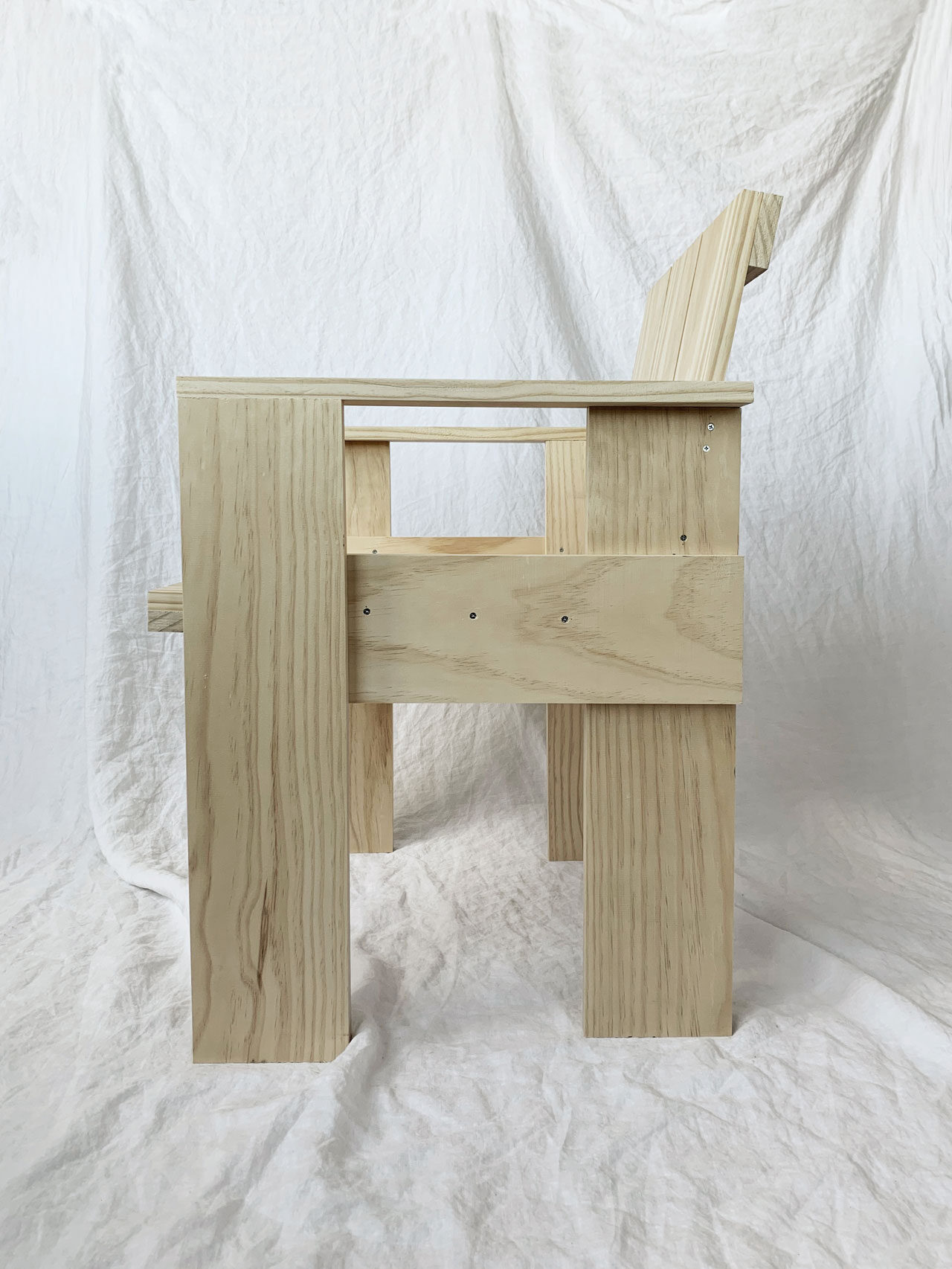
Assembly
Index
Parts
Smooth Planed Pine Wood, 1in x 6in (20.5mm x 144mm)
*Any popular softwood can also be used, like Redwood. Metric measurements above are actual, not nominal, and availability may vary by location. 18mm x 144mm wood can also be used, though arm and back rest measurements will need to be adjusted.
Quantity required: 3 pieces 19.75in (500mm) long, 6 pieces 15.75in (400mm) long, 4 pieces 24.25in (620mm) long, 1 piece 17in (450mm) long, 1 piece 18.5in (491mm) long
Flat Head Wood Screws, #6 x 1-1/2in (4 x 35mm)
Quantity required: 64
Tools
Hand Saw
Power Drill
Drill Bits
Ruler or Tape Measure
Screwdriver
Square (or flat object with 90 degree angle)
Sandpaper, 180 Grit
Help Each Other
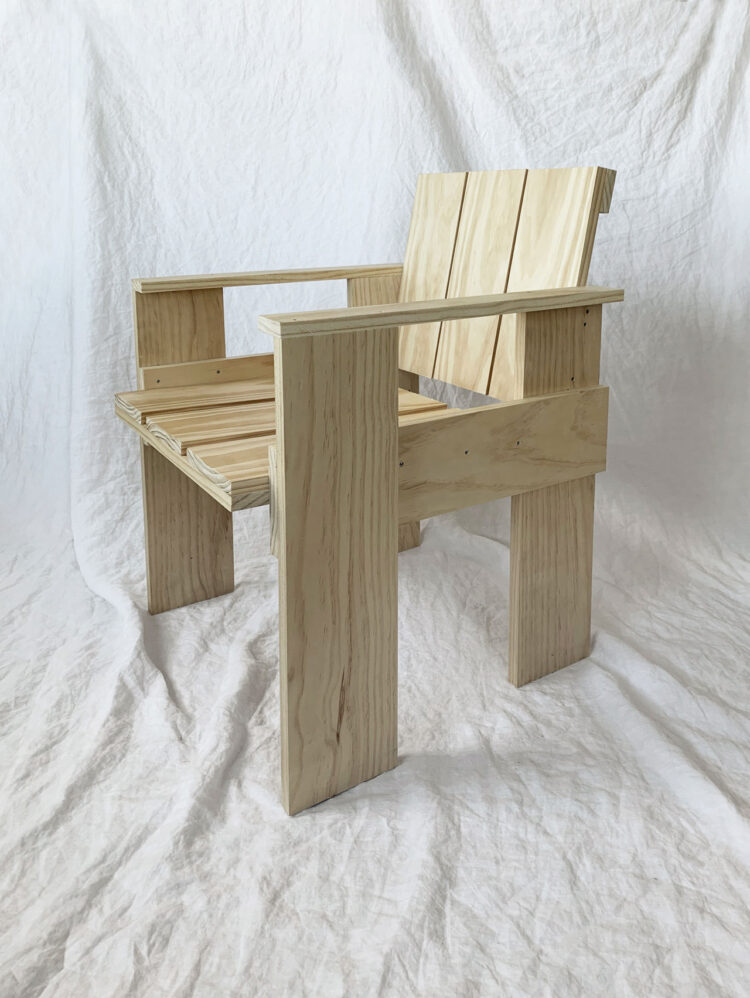
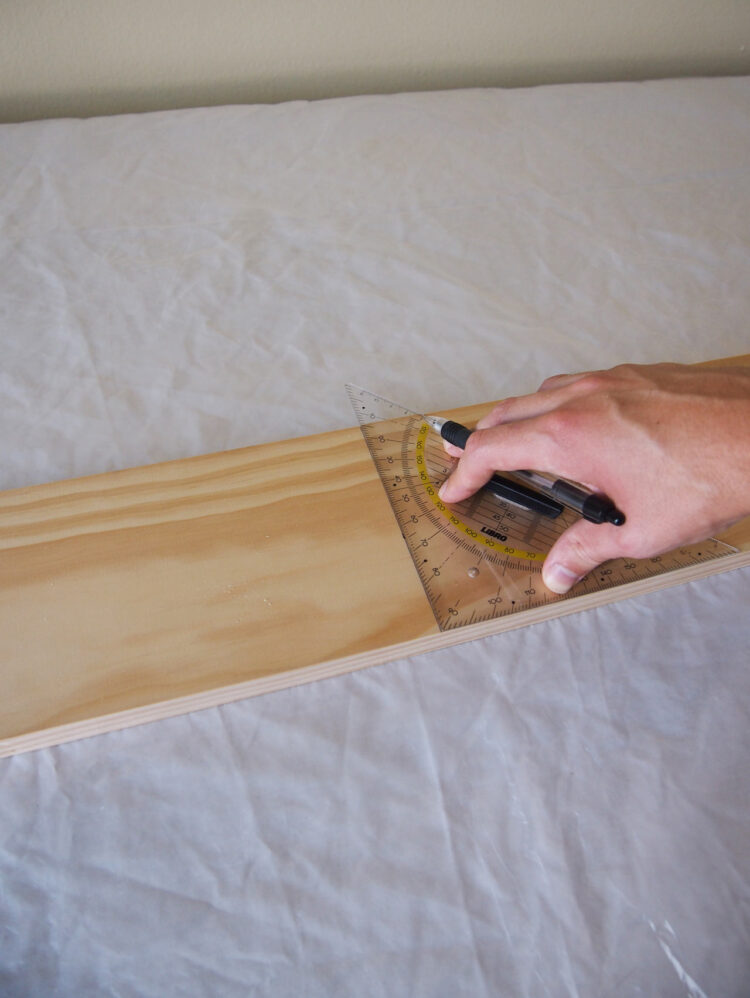
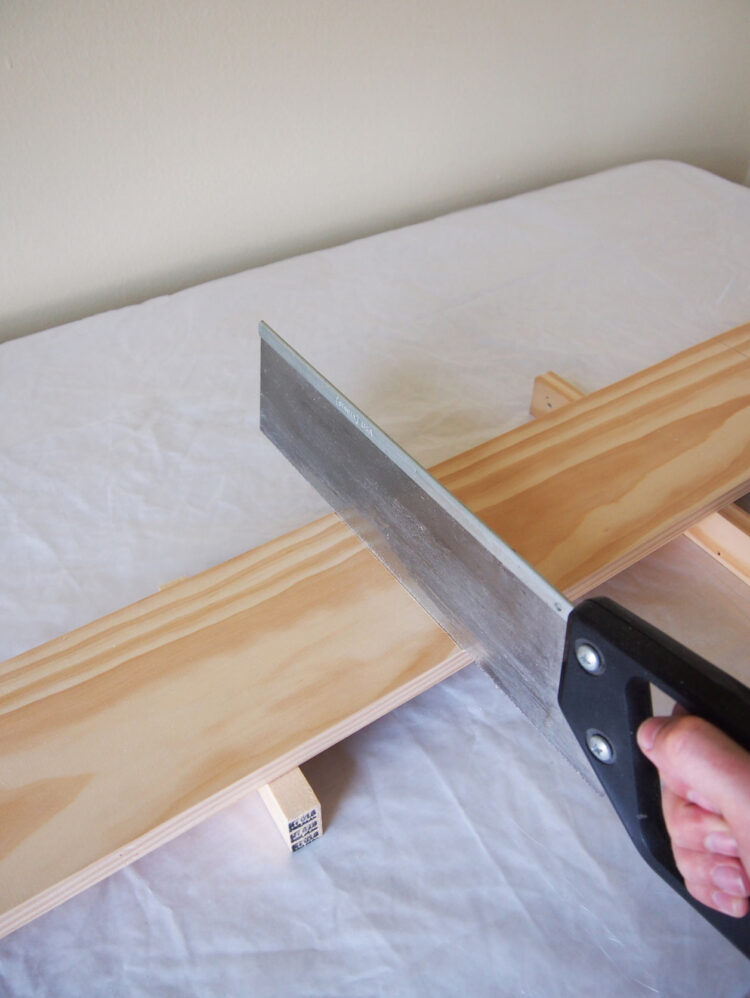
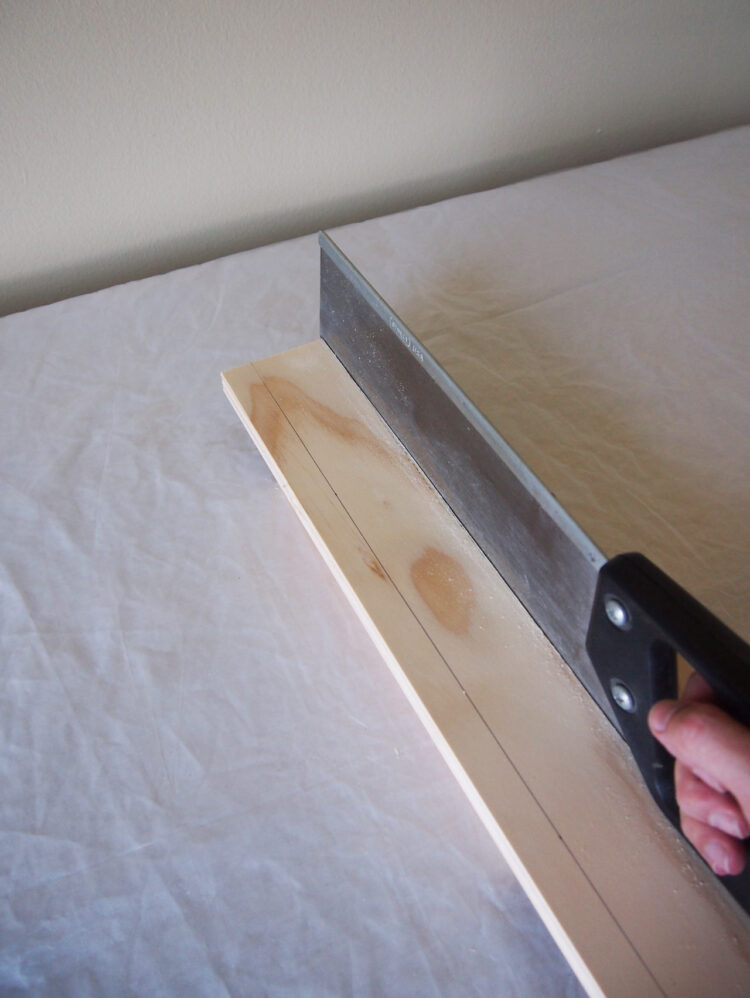
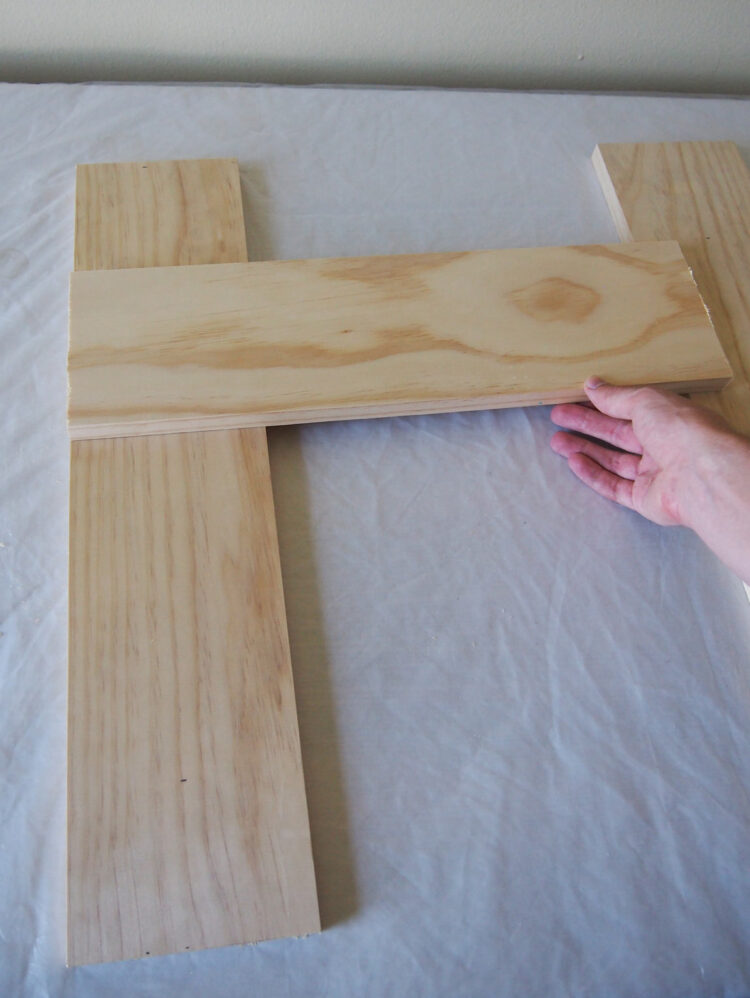
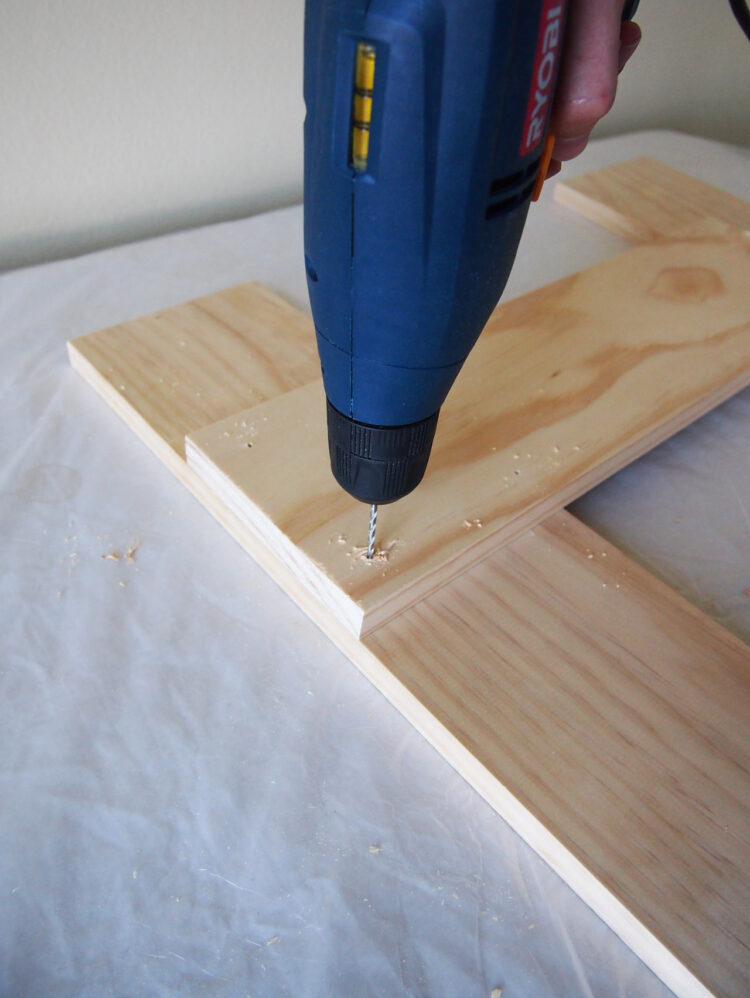
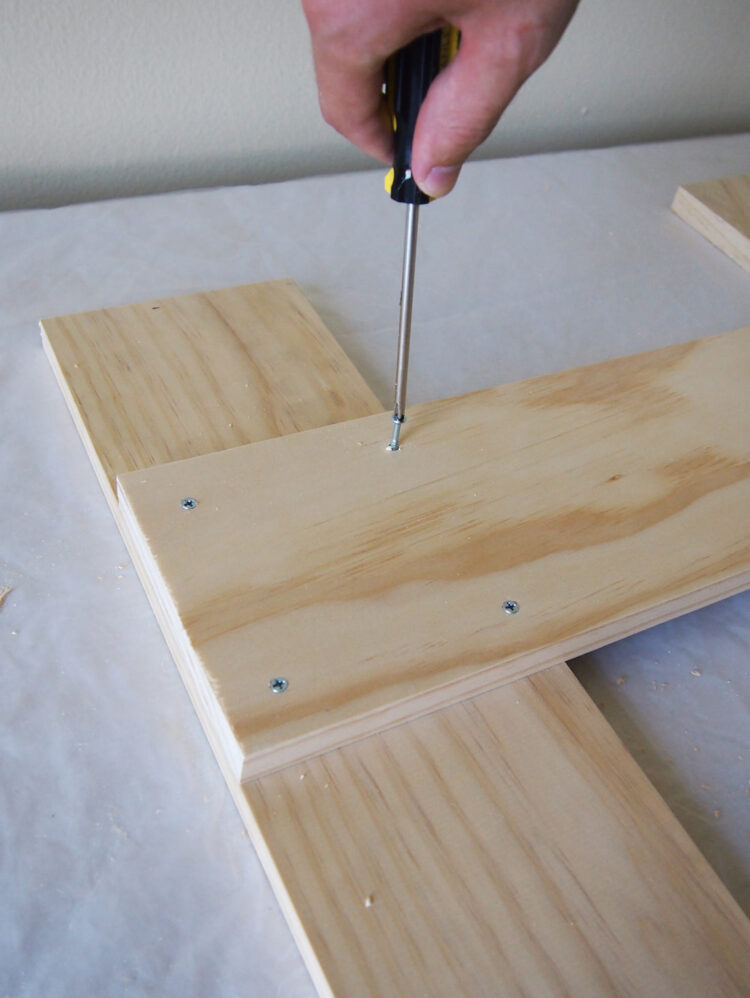
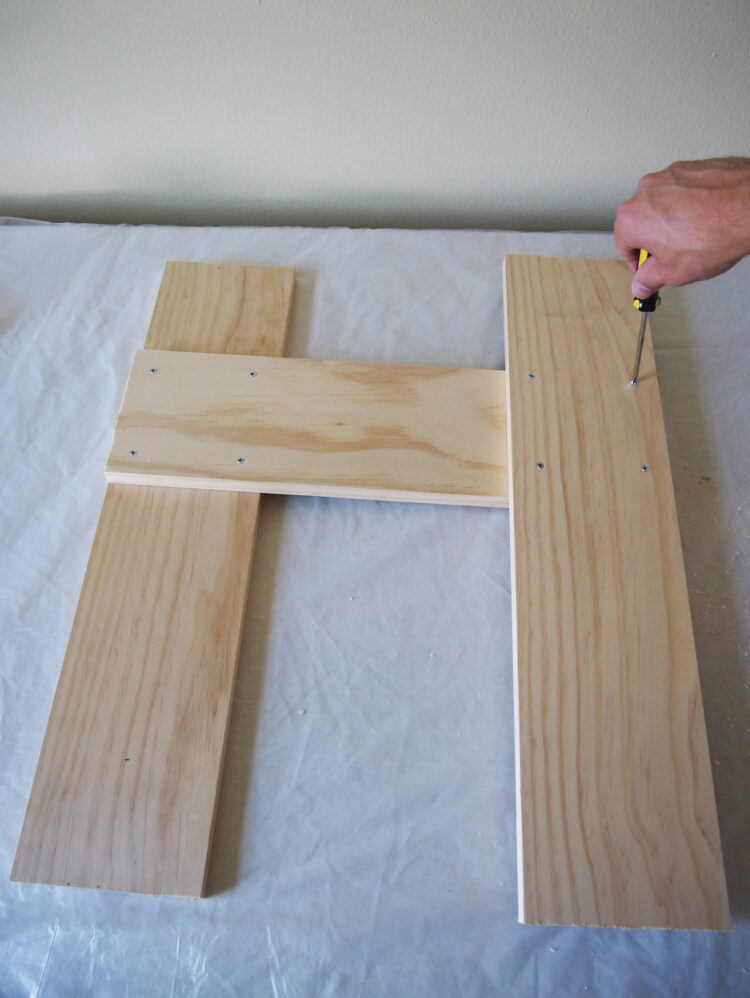
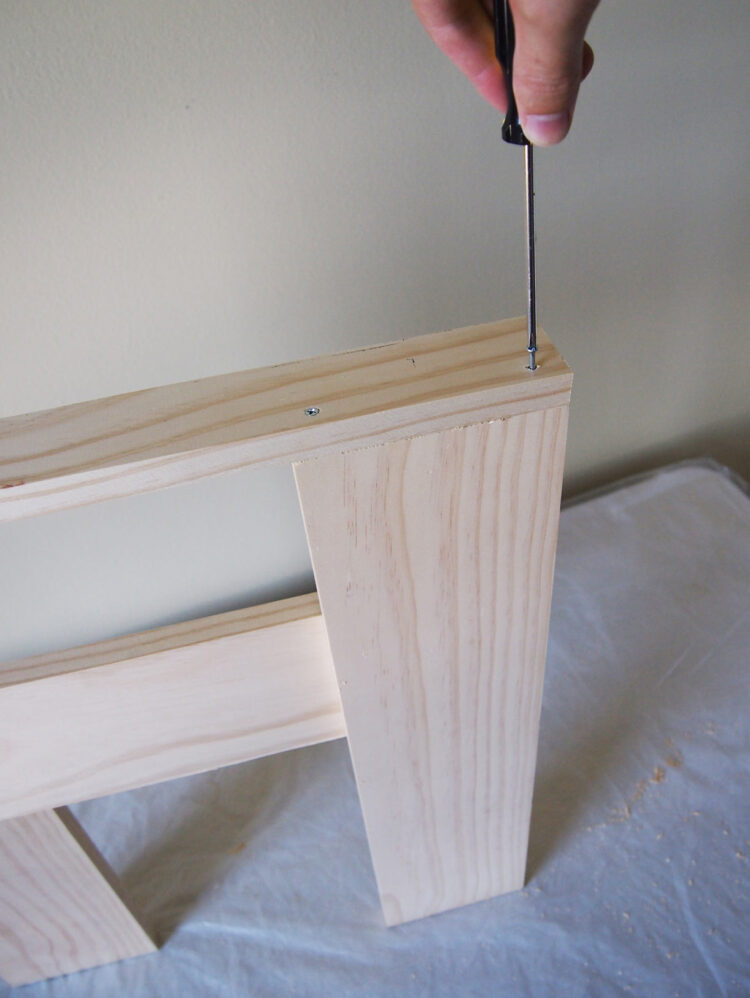
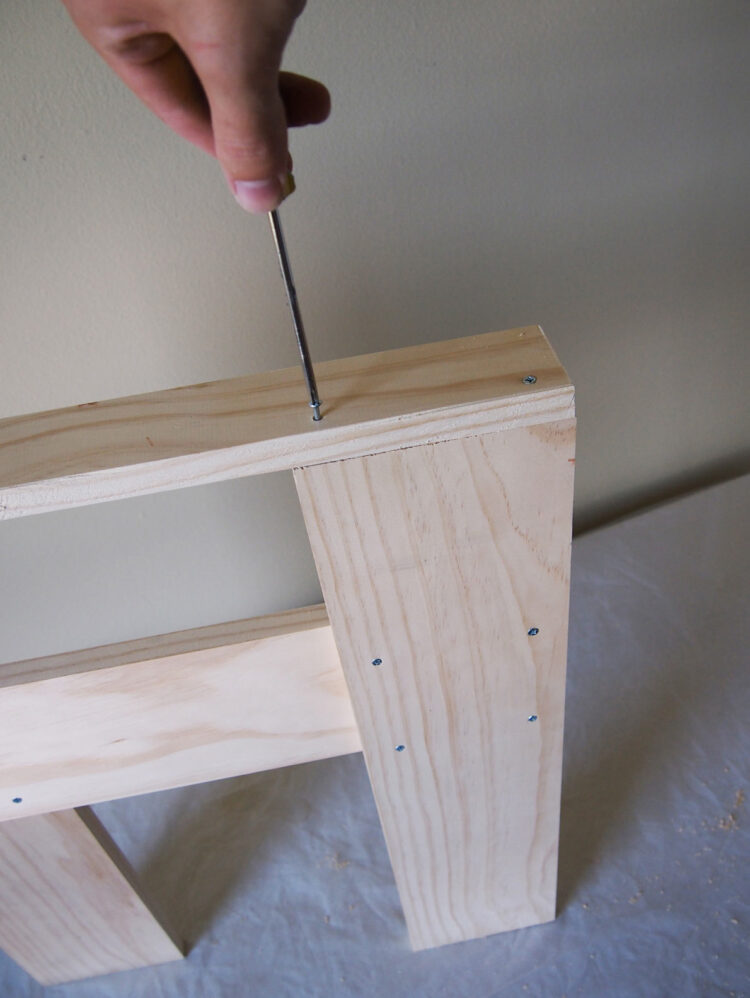
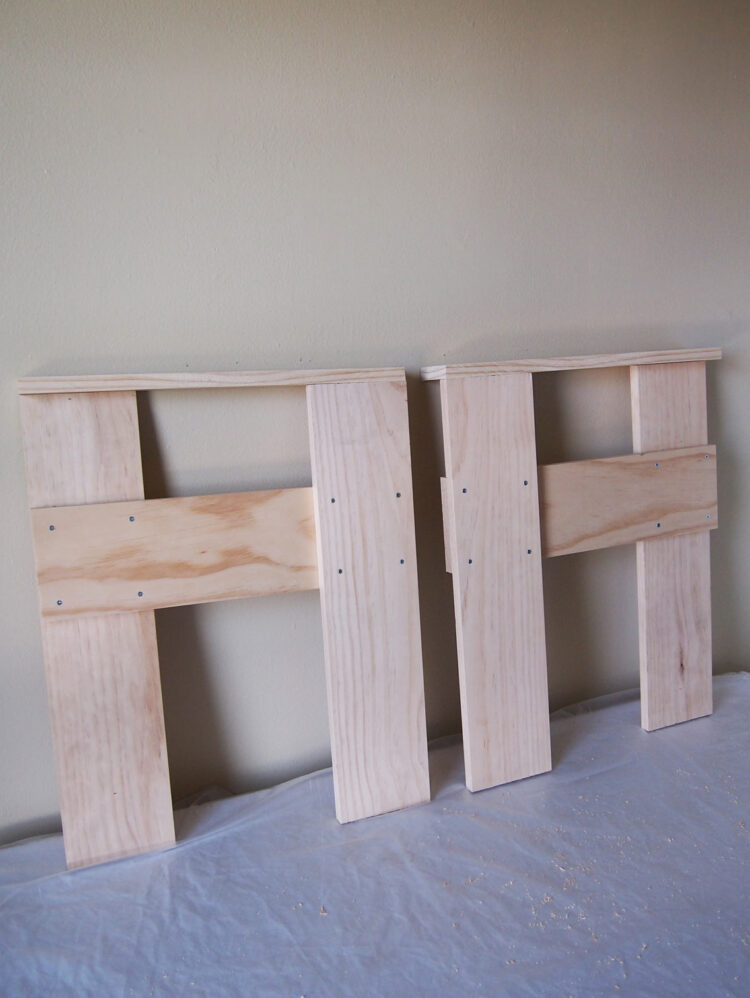
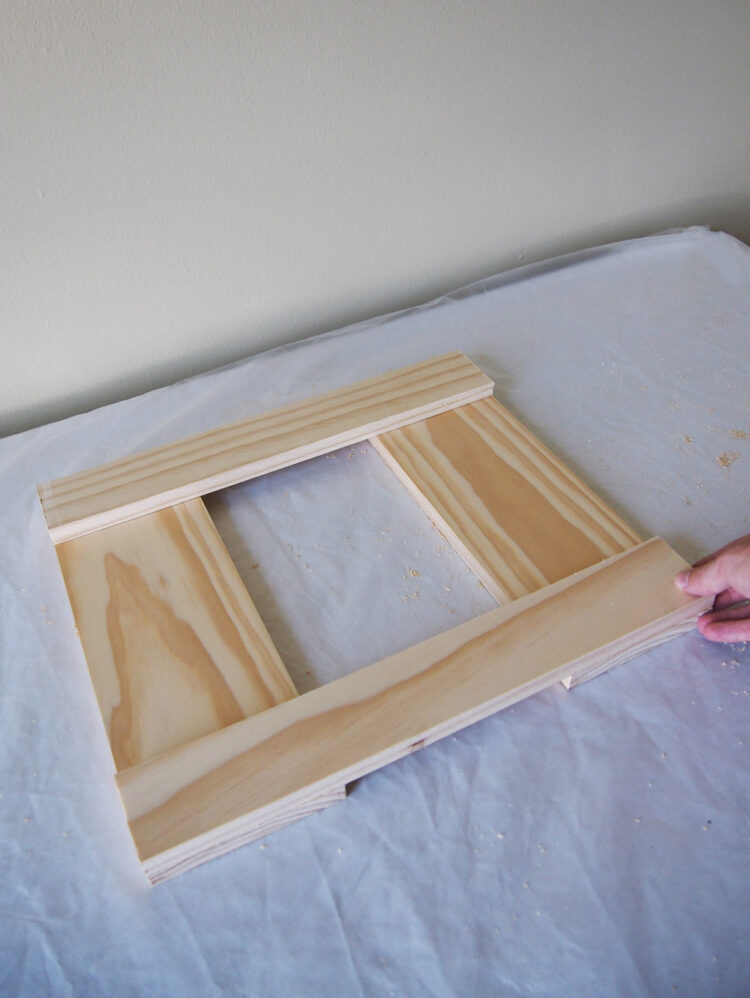
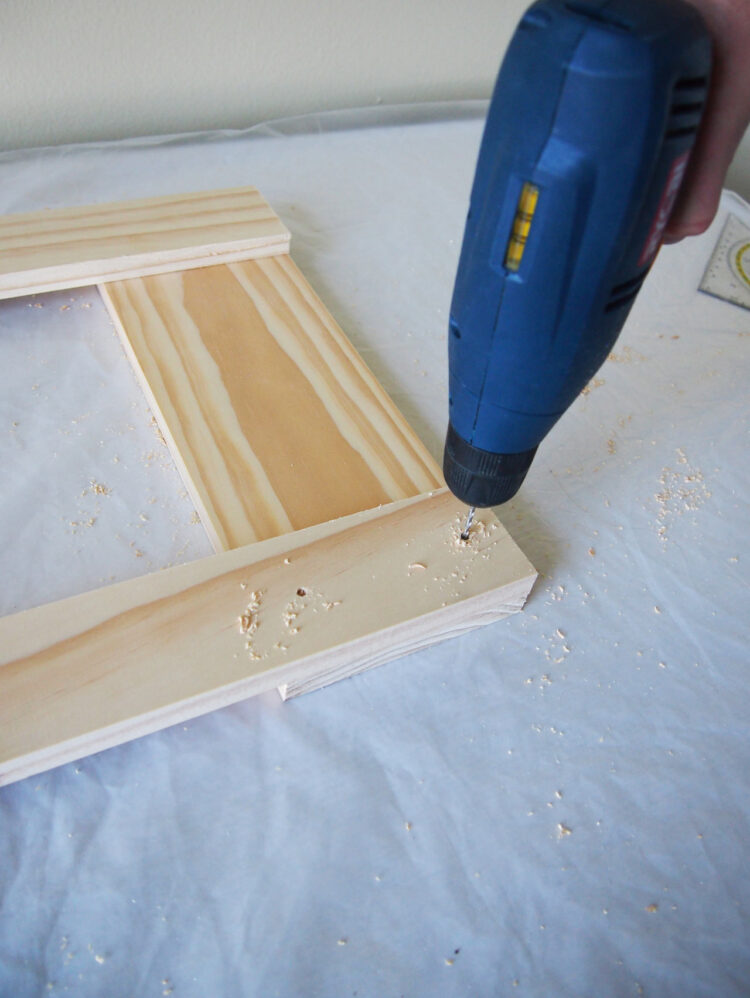
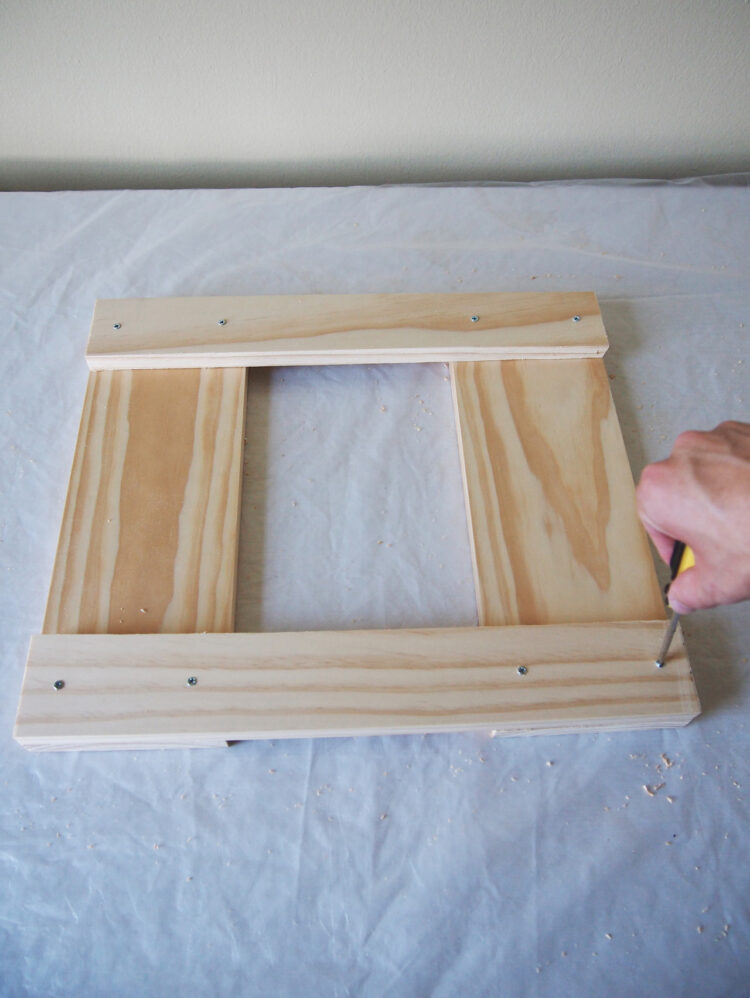
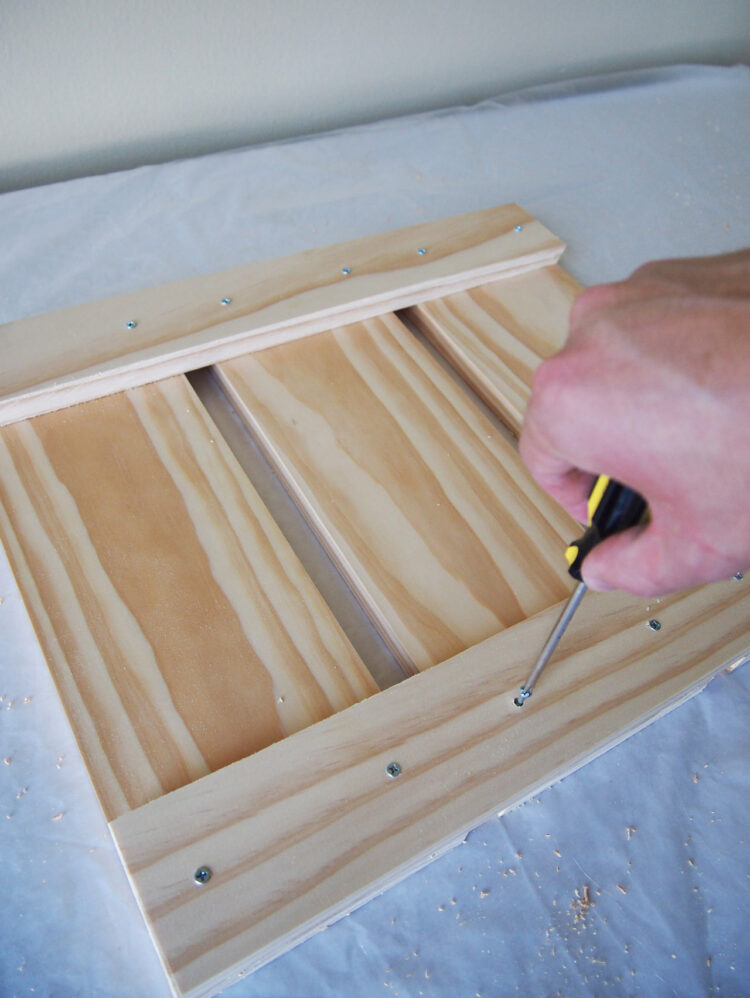
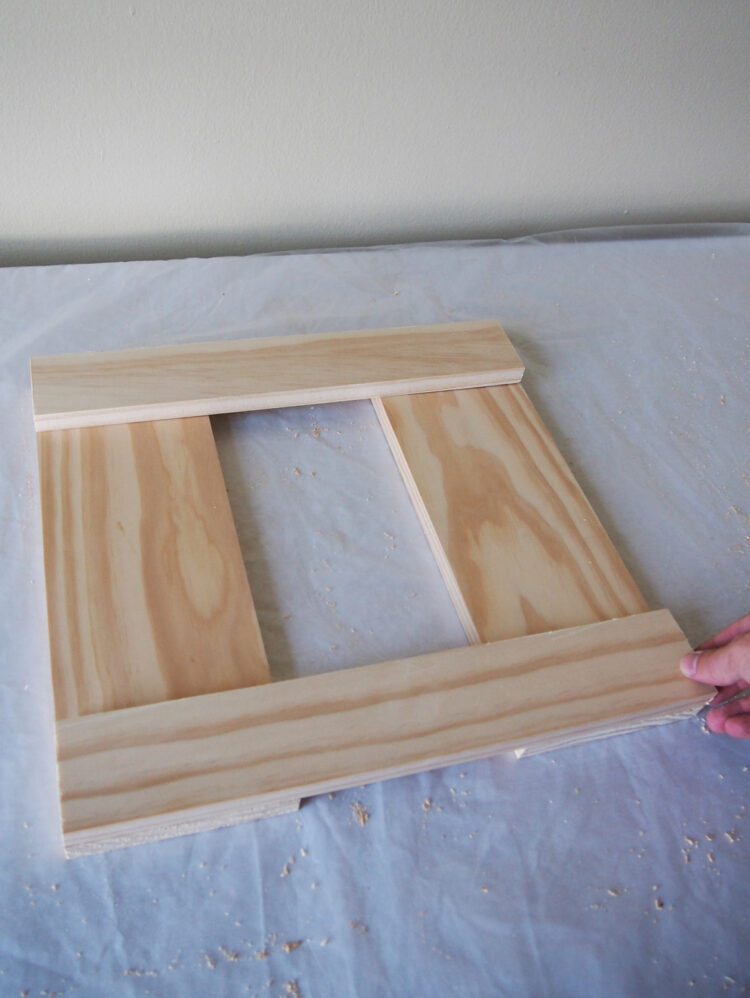
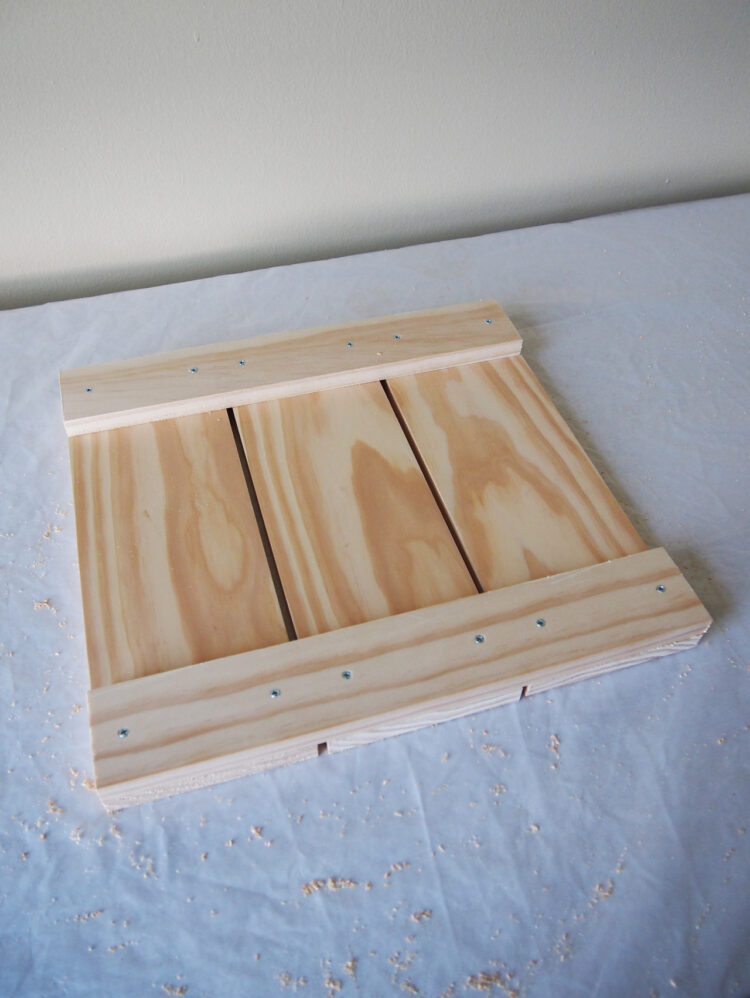
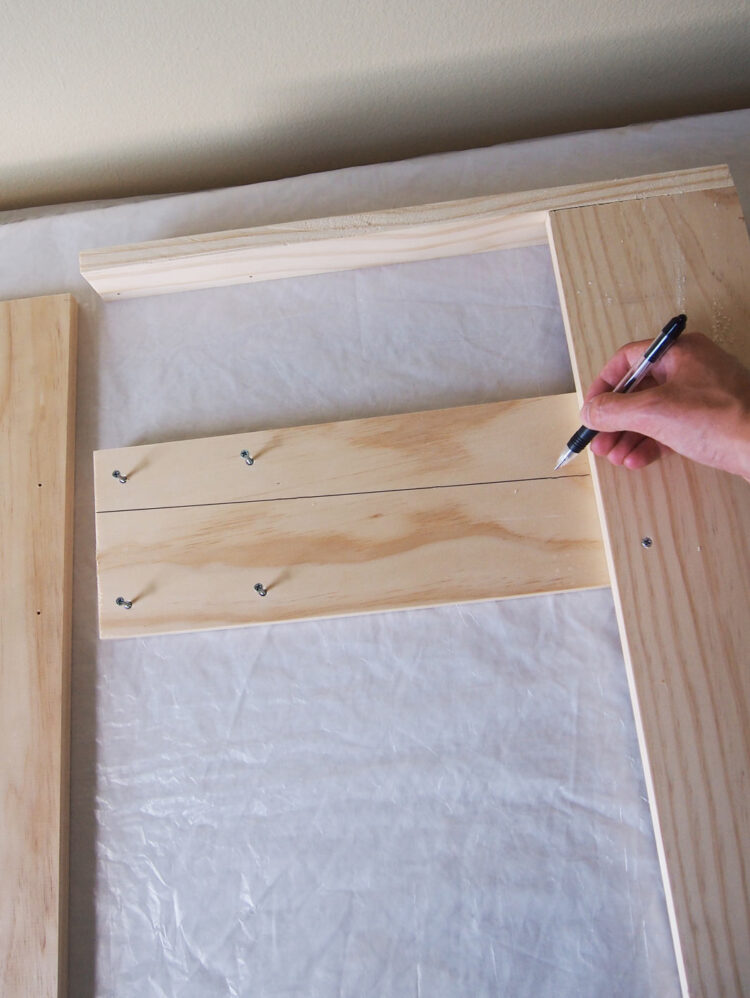
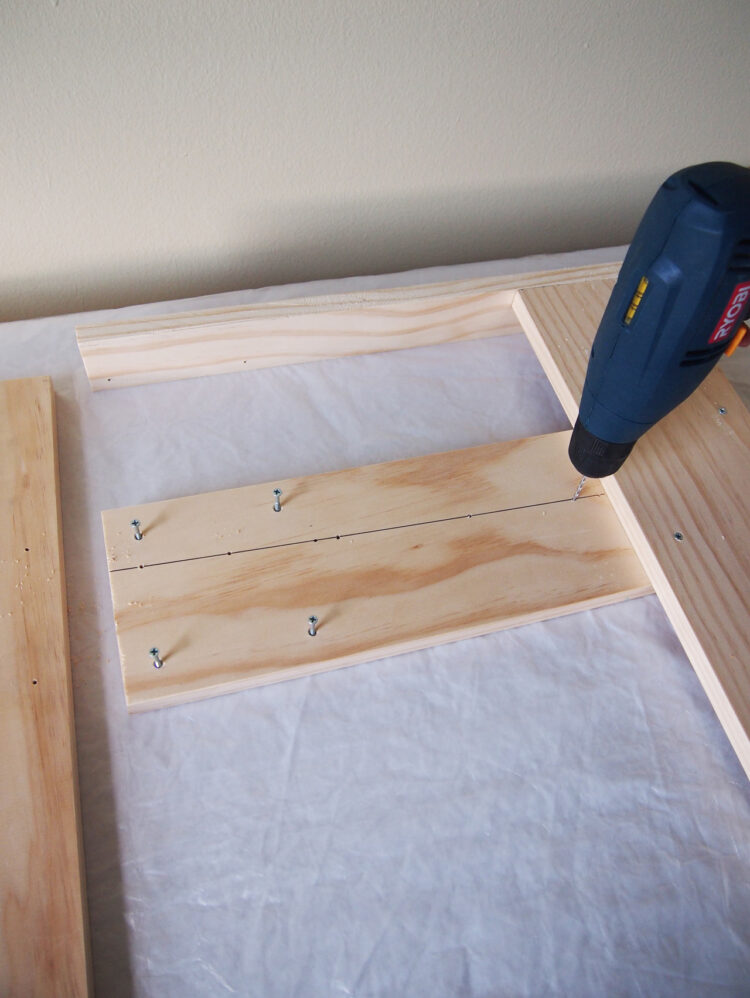
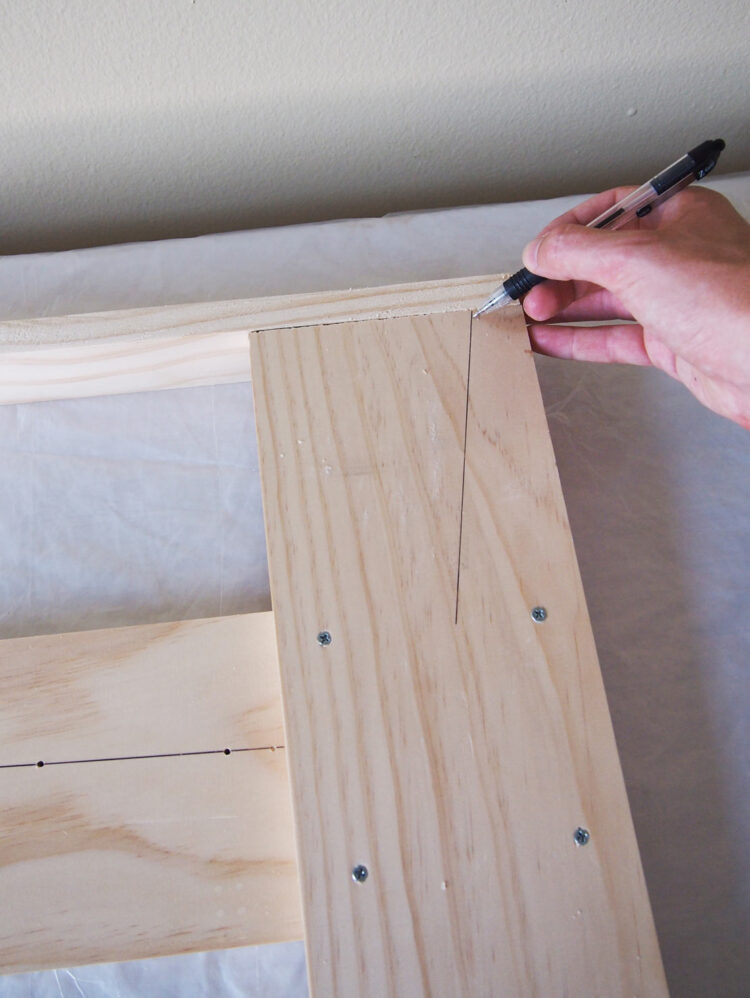
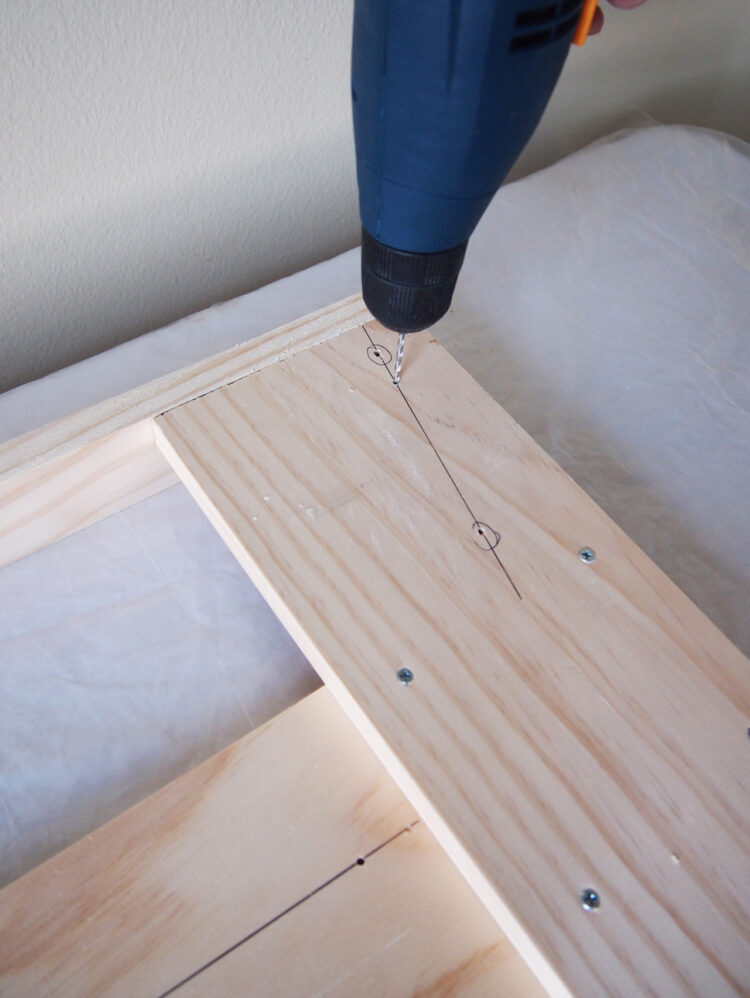
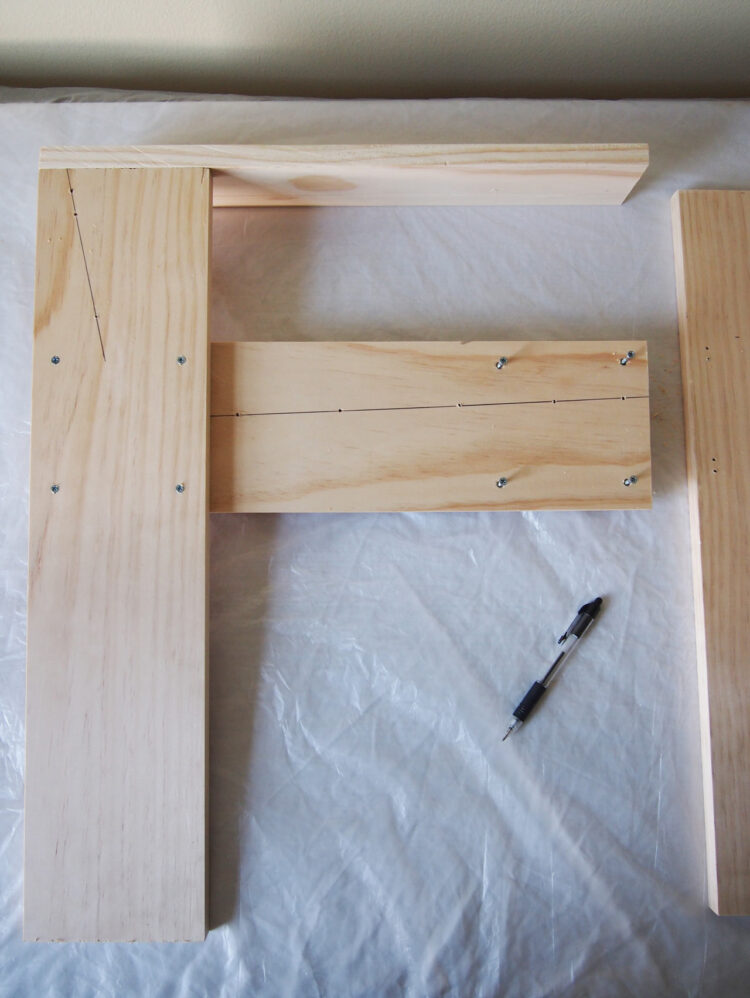

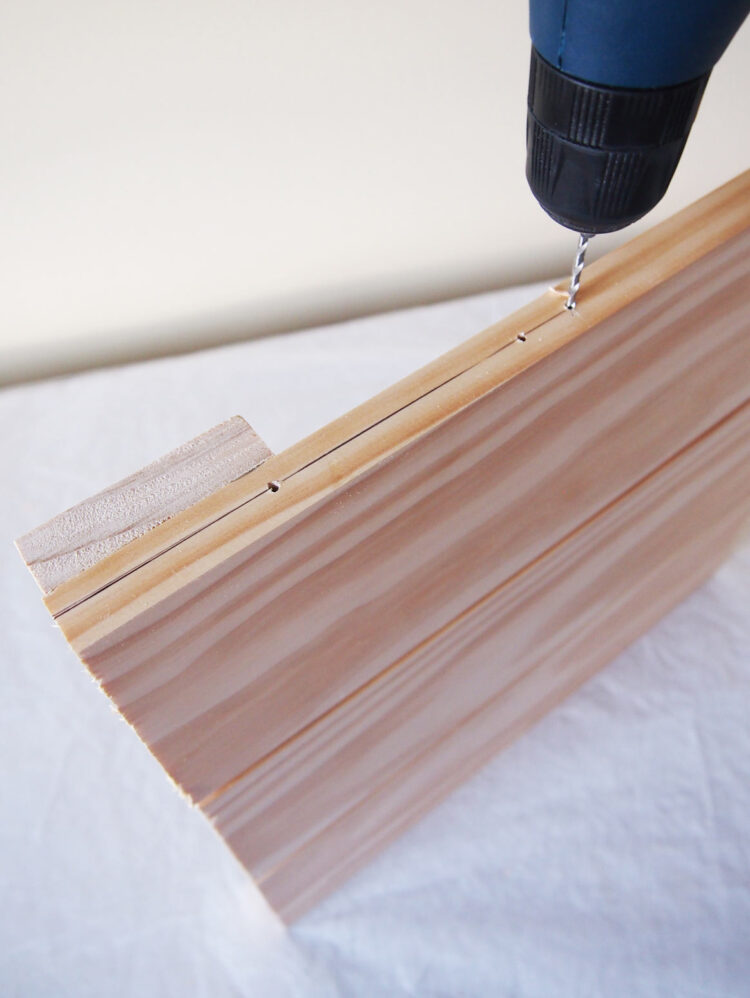
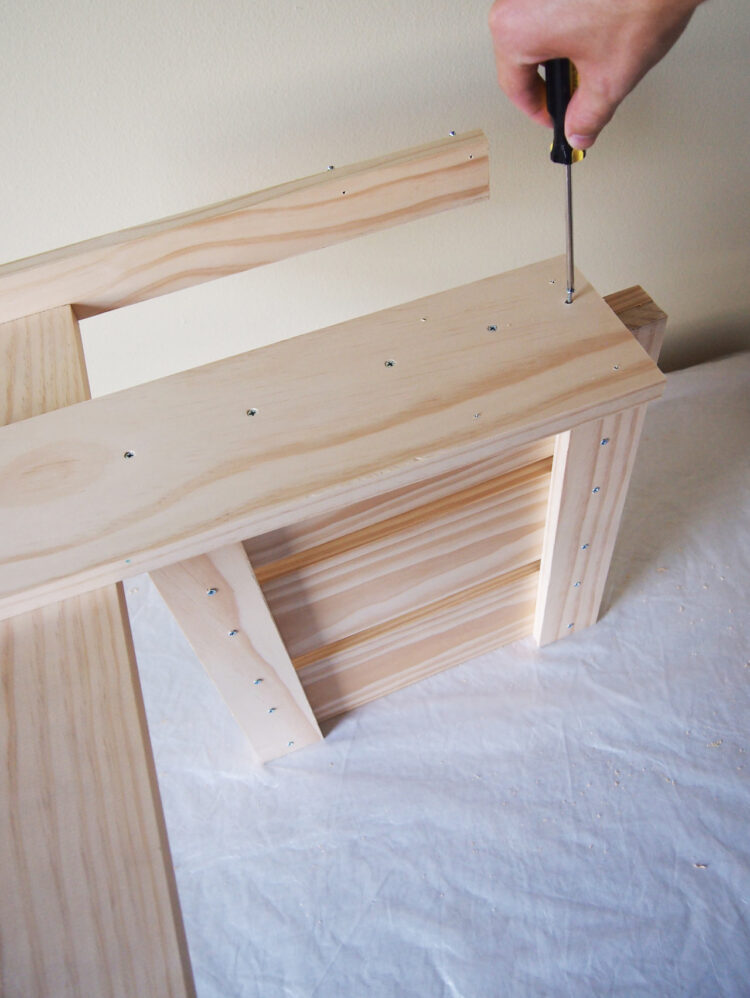
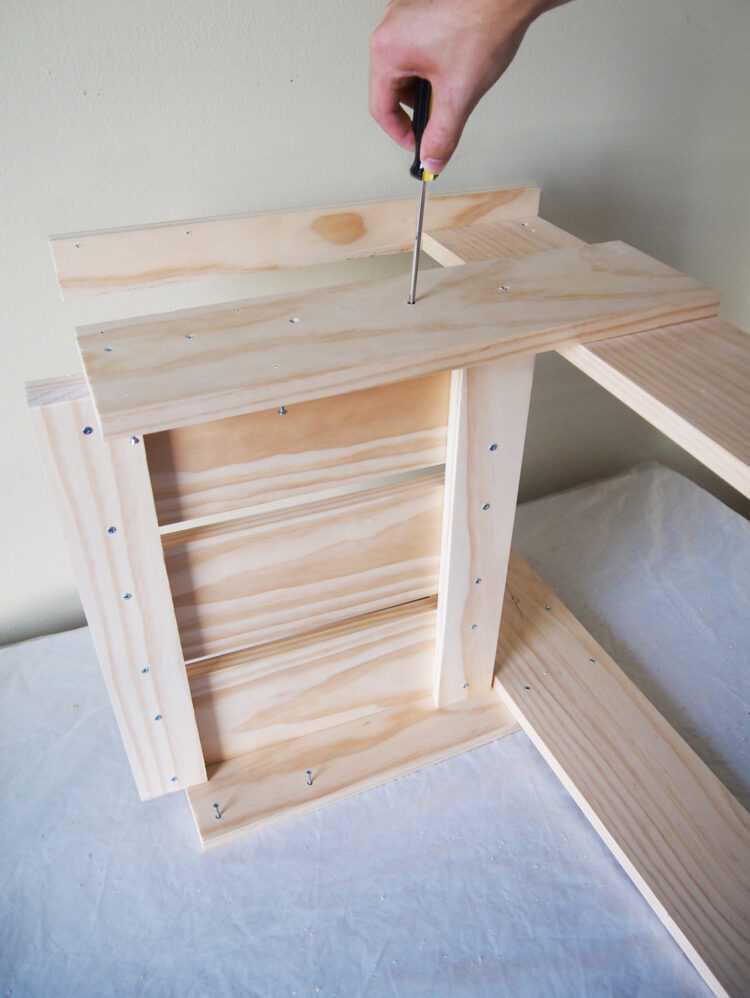
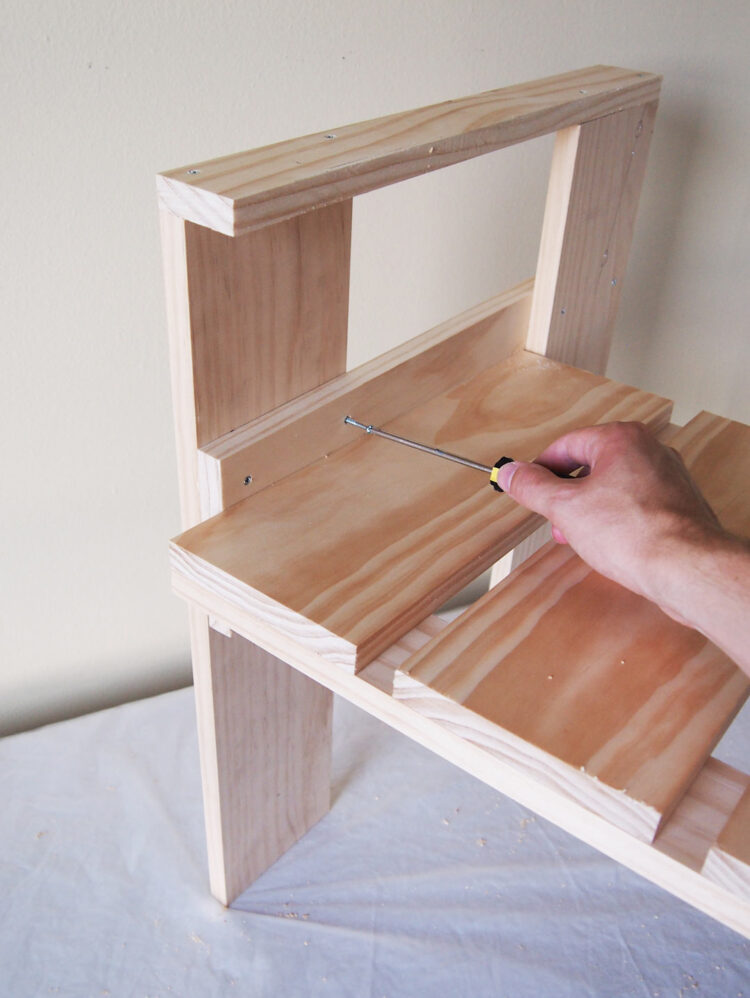
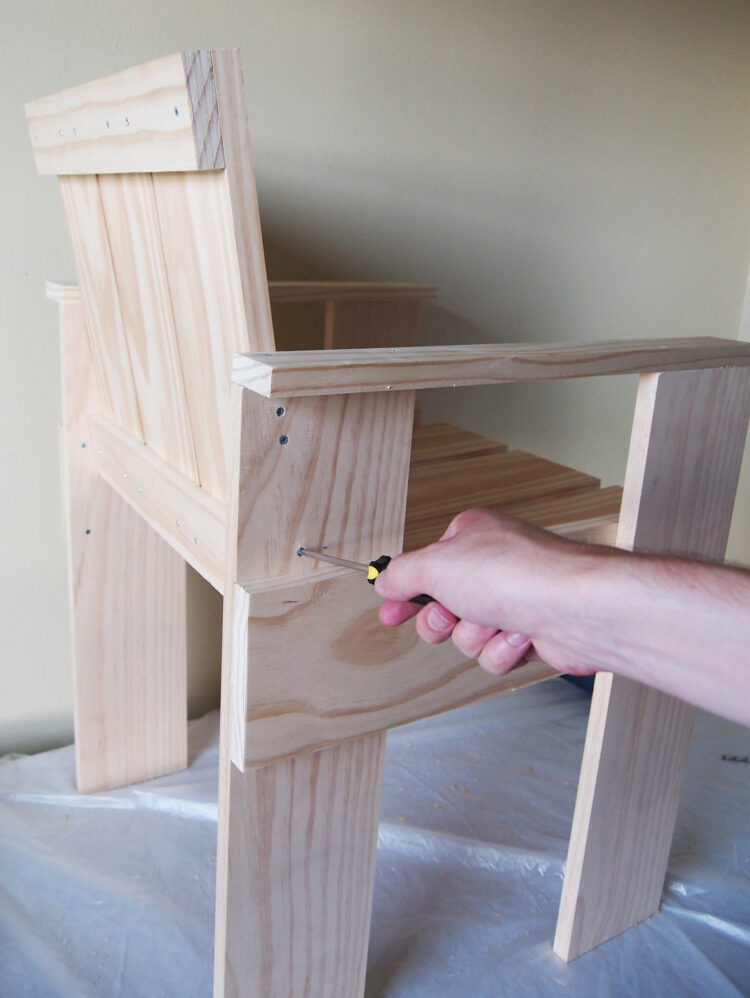

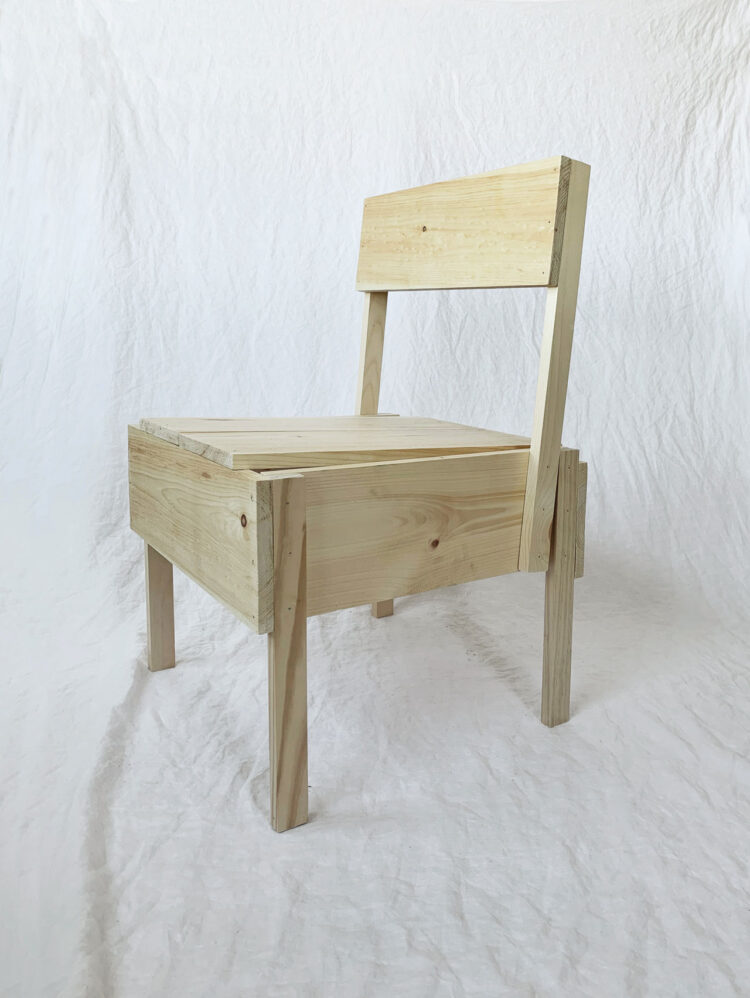
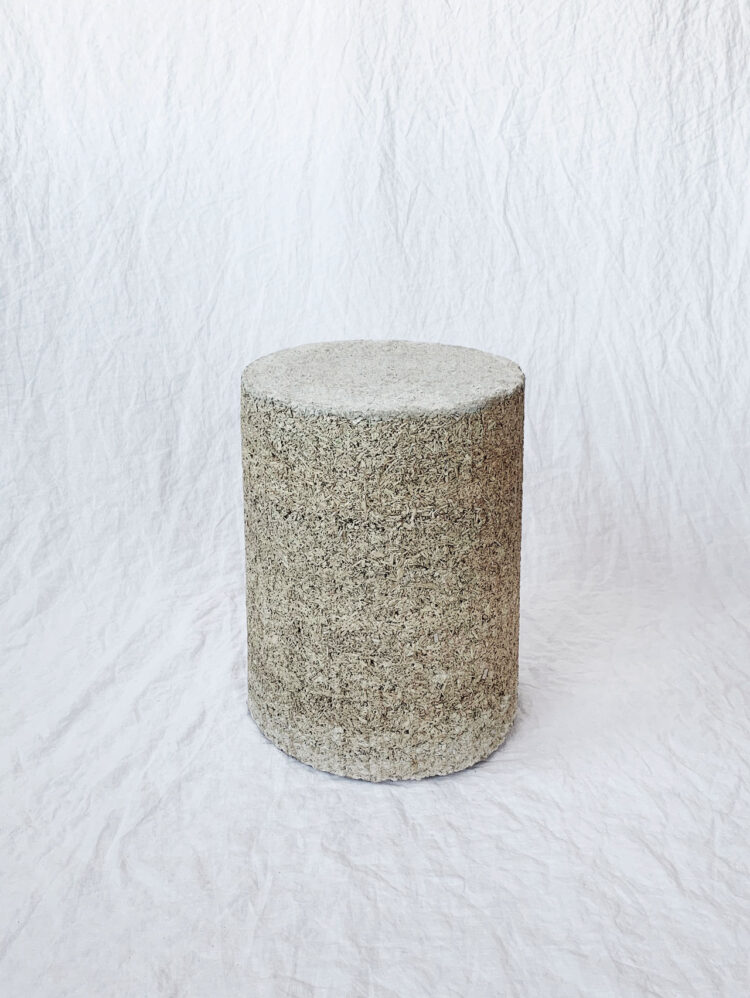
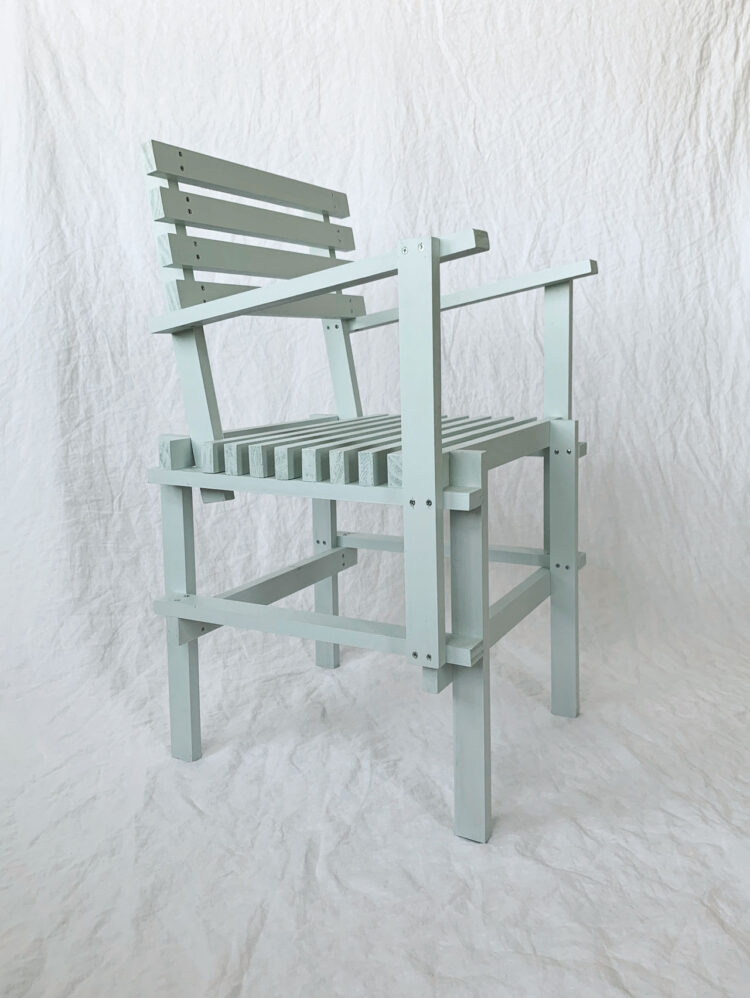
I have a question for you if you don’t mind. Is there a particular brand of drill driver you prefer? Dewalt seems pretty good. Or would I do just as well saving some money on a Ryobi? I’m planning on buying a kit and I want to make sure I’m investing in the right system. I really appreciate it!
I use a Ryobi, which works great, but I don’t think you can go wrong with Black + Decker or DeWalt. You’ll find a cordless drill with torque control is probably easiest to use. I hope that helps.
Hi, I have made several of Gerrit Reitveld’s chairs. I mainly use recycled pallets… as originally intended. I did not have plans so used pictures and estimated the proportions. I also made crate dining chairs… using what ever is available.. so most do not have three broad slats… but more narrower ones. Both are very comfortable and favourites in the garden.
About the origin of the crate furniture Rietveld said:
“A piece of furniture made of precious wood and artisanaly made is sent in a packing crate, to protect it from damage and breakage. Someone who receives such a crate at home says, at the most: well packaged. But it has never been recorded that such a crate represents a carpentry method which is very efficient. The crate is composed of sober materials, which make it stronger than its precious content. (…) That is why there finally had to be someone who chose the crate over the ‘furniture’.” With these words, Gerrit Rietveld argued his choice in 1935 for designing a series of furniture built from standardized pine boards – cheap material for packing crates – which were soon well-known as ‘crate furniture’.
The radically simple crate furniture was heavily criticized by some contemporaries, because of the lack of traditional workmanship. Rietveld defended his designs by saying that traditionally-produced furniture was transported in crates to avoid being damaged. It was obvious to him that the packing material was stronger, and therefore better, than its content. After 1935 much more crate furniture followed, including various chairs, tables and stools. After producing them in his own name for a while, the crate furniture was sold by Metz and Co. under the name ‘weekend furniture’. Because of the simple appearance and the relatively low price they were most suitable for holiday homes.
Rietveld’s first piece of crate furniture dates back to 1934. He initially produced these pieces himself and later sold them both in finished form and as DIY packs. Rietveld made a point of producing affordable and comfortable furniture, and he achieved this by finding the right proportions and seat angle.
Hope this additional information is usefull
Kind regards
Cor de Vrieze
Hi, I’m not sure if I am being am missing something or am being a bit daft (both very probable), but I’m at stage 16 and there doesn’t seem to be enough space for 3x144mm wide pieces of wood. Is it definitely meant to be 430mm? Sorry if this doesn’t make sense but would appreciate any guidance!
Sorry for the late reply. I apologize, this is an error in my conversions – I’m going to correct the instructions. Your 430mm long pieces should be 450mm long, and the 468mm long pieces should be 491mm long.